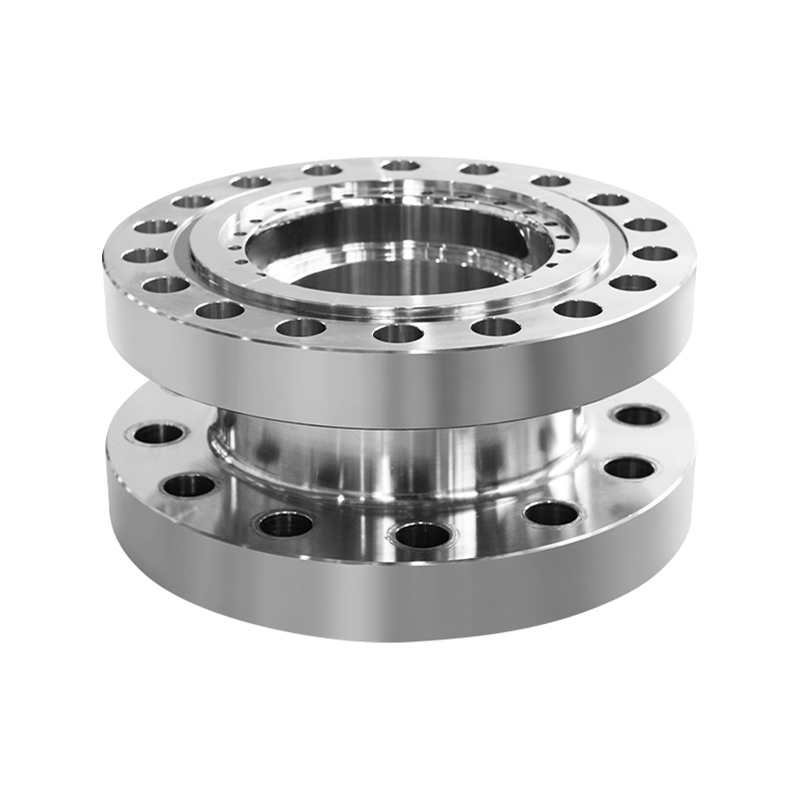Ball valves are essential components in many industrial systems, offering reliable control over fluid flow. However, not all applications require the same type of ball valve components. Customizing these components for specific uses can significantly improve performance, safety, and longevity. This article explores the advantages of tailored ball valve components, with particular focus on their use in high pressure ball cock systems and low pressure ball valve setups.

Understanding Customized Ball Valve Components
Ball valves consist of several parts, including the valve body, ball, stem, seats, and seals. While standard components serve general purposes, certain industrial or commercial applications demand parts designed with unique materials, dimensions, or features to handle particular operating conditions. Customized ball valve components address these needs by adapting design and material choices to meet specific pressure, temperature, and fluid compatibility requirements.
Why Customization Matters
Every industrial process has its own set of operating parameters. For instance, a system requiring a high pressure ball cock needs valve components capable of withstanding elevated pressures without compromising sealing integrity or durability. Conversely, systems that operate with low pressure ball valves might prioritize smooth operation, corrosion resistance, or compatibility with delicate fluids. By customizing valve parts, manufacturers can optimize the valve’s function within these varied contexts.
Benefits in High Pressure Ball Cock Applications
High pressure ball cock systems are commonly used in industries such as oil and gas, petrochemical, and power generation. These systems operate under significant pressure, which poses challenges for valve components.
Enhanced Pressure Handling: Customized components can be made from materials specifically selected for their strength and resistance to pressure-related deformation. For example, valve bodies and balls crafted from forged stainless steel or high-strength alloys provide durability against pressure fluctuations and potential stress.
Improved Sealing Performance: High pressure systems require reliable seals to prevent leakage. Custom-designed seats and sealing rings, made from materials like reinforced PTFE or elastomers resistant to chemical degradation, can ensure tight sealing under high pressure conditions.
Extended Service Life: By tailoring component specifications to the pressure range and fluid characteristics, the wear and tear on the valve can be lessd, reducing the frequency of maintenance and replacement.
Safety Considerations: Customized components can be designed to comply with specific safety standards, which is critical for applications dealing with hazardous or volatile fluids at high pressure.
Advantages for Low Pressure Ball Valve Applications
Low pressure ball valve systems are prevalent in water treatment, HVAC, and certain chemical processing applications where the pressures involved are comparatively lower.
Smooth Operation: Custom components can focus on less friction and wear, ensuring the valve operates smoothly with small torque. This is important for systems where frequent valve cycling occurs.
Corrosion Resistance: Low pressure environments may still expose valves to corrosive media. By selecting materials and coatings designed to withstand specific fluids, customized valves maintain functionality and prevent premature failure.
Cost Efficiency: Customization allows for material and design choices that are appropriate to the lower pressure environment, avoiding overengineering. This can reduce production and operational costs without sacrificing reliability.
Adapted Sizes and Connections: Low pressure systems often require valves with specific connection types or sizes to fit existing piping. Custom components can be manufactured to precise specifications, ensuring compatibility.
Additional Considerations for Customized Ball Valve Components
Material Compatibility: Fluids handled in industrial systems can be corrosive, abrasive, or contain particulates. Selecting materials that resist degradation while maintaining mechanical strength is critical.
Temperature Range: Customized components can be engineered to operate within the temperature ranges of the application, using materials and seals that maintain integrity under thermal stress.
Actuation Methods: Some applications may benefit from specific actuation mechanisms such as manual, electric, or pneumatic actuators. Customized ball valve components can be designed to integrate seamlessly with these systems.
Regulatory Compliance: Depending on the industry and geographic location, valves may need to meet certain certification or compliance standards. Customization allows manufacturers to tailor components to meet these requirements.
Customized ball valve components offer clear advantages when applied to systems with distinct operational demands, such as high pressure ball cock and low pressure ball valve applications. Tailoring valve parts to fit the specific pressure, fluid, and environmental conditions helps improve valve performance, increase safety, and extend service life. Whether managing the challenges of high pressure or optimizing for low pressure operation, customization enables valves to meet the precise needs of each application, contributing to more reliable and efficient industrial processes.